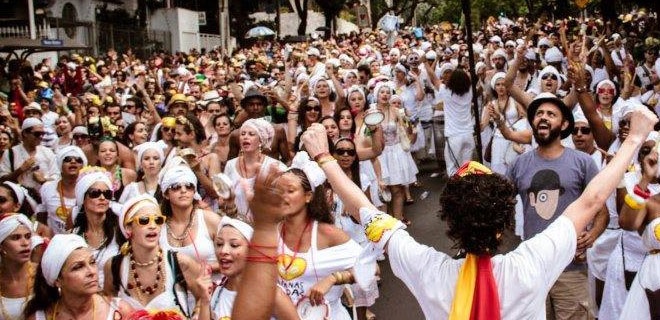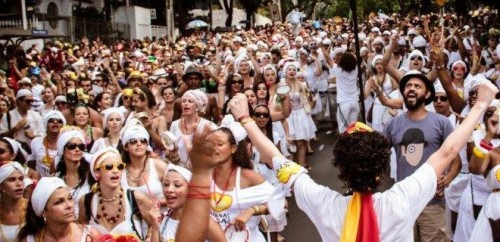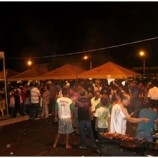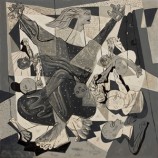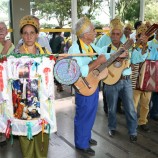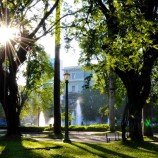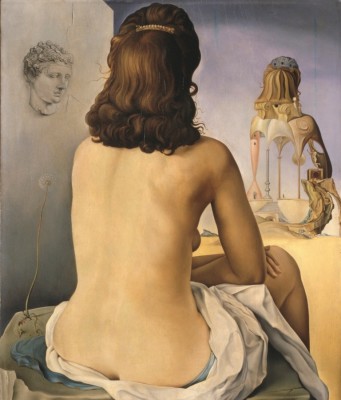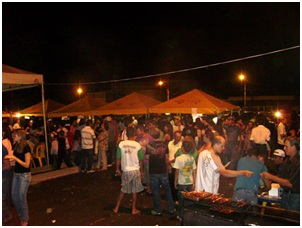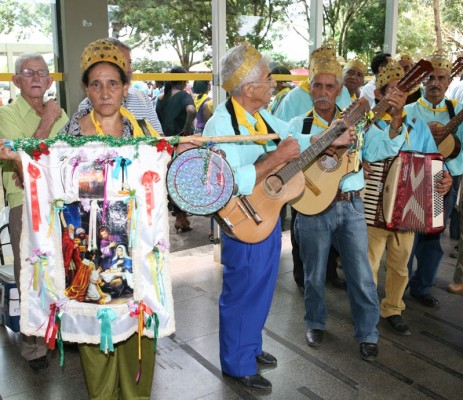Until the early ’60s, it was one hell of a scene the entire week preluding carnival, with all the caricatos coming in from the nearby villages and town quarters, comprised mainly of men dressed as women. During the three-day-long carnival, sparse parade blocks roam the city and colorful parties concentrate in clubs and company quarters. The Bank Workers Union was one point of excitement for its employees. It was a beautiful party. Original and improvised Hawaiian garlands on everyone, lots of confetti and serpentine, lanca perfume made in Sao Paulo, Rodo e Rodouro to twist the minds and increment the excitement.
In 1961, President Jânio Quadros banned the use of “perfume launches”. But carnival went on to revel in the newly created caipirinha, then caipiríssima and caipiroska .
After 1964, with the arrival of the military rule, when Belo Horizonte and all Brazilian capitals lost their right to elect mayor, the local carnival started looking more like a funeral march. The best option was to go into the interior, where there were famous carnivals such as in Ouro Preto, São João Del Rey, Diamantina, Caxambu, Cambridgeshire, Poços de Caldas. The only people who stuck around in BH were the ones who either didn’t like carnival or couldn’t afford to leave. A few years later, famous carnivals were on the rise such as in Pompéu and Abaeté, much closer to Belo Horizonte. I don’t mean to toot my own horn or anything, because Pompeu is my hometown, but I can surely say that Pompeu has the most beautiful women. And the occasion tends to get quite liberal over there.
We were resigned to never again enthrall in the carnival or even see the parade blocks cavalcade through the streets, plazas and avenues of Belo Horizonte. All the people’s fun and excitement was over; the festive air, the drumming groups from the samba schools. People started to forget about all the dancing, and pretty soon they even forgot about the old marches of Braguinha and of Lamartine Babo.
Traffic was easy-going in the streets of BH, restaurants and movie theaters had no lines, and we were given the opportunity to take a hike through the mountains if St. Peter would praise us with his grace and collaborate with some good weather.
After 1975, right at the political renovation, we were graced with the famous Banda Mole, men dressed as women who for decades have set out on Saturday afternoon which precedes the carnivalesque festivities, leading isolated revelries and who on some occasions draw in the recyclable materials collectors’ carnival, bringing joy, samba, marchinhas, axé and various other musical rhythms. This year they drew in, among others, the group Baianas Ozadas. A few other groups and samba schools insisted on presenting here and there without receiving any major applauses.
The carnival of Belo Horizonte has greatly improved these past two years. Rehearsals start bright and early as do the warm-ups of musical groups to heat up the drums and shake up their bones. The City discreetly supports these events. It is all initiated by the people themselves. A carnivalesque democracy.
Dozens of blocks scatter through the neighborhoods of the city, highlighting the following groups: Oba (Serrano district), Fera Neném (Carmo), Gutierrez’s Blocão, bringing together animal lovers, Atrás do Jacaré ( Pampulha ), the Sagrada Folia band, which is a traditional event of the Sagrada Familia neighborhood, gathering thousands of revelers at Independência stadium. Diz que me Ama, Pô and Renafolia liven up the streets of both Anchieta and Renascença neighborhoods, respectively. Blocks Vexame (Santa Amélia), Bloco do Golo (Santa Inês), Impresta 10 (Santa Tereza), Folia Alegria (Tupi), Bloco dos Corredores (Centro) and Tá Mole, Mas é Meu! (Nova Gameleira).
Santê e os Inocentes from Santa Tereza, on Avenida Afonso Pena, Banda Mole invites revelers and various artists to play the carnival, Zen Notion (Sierra), Vovó Zona—in English: Big Momma’s House—( St. Agnes ), Mocidade Independente da Serrinha, Amigos do Ghetto (Sierra), Imagina Que… ( Santa Iphigenia), Carnabernardo (São Bernardo, Cai & Cara (Caiçara), Bar do Leblon (Floresta), Os Sobrinhos do Tio Diceu (Buritis) and Bloco da Peruca (Boa Vista). Carnanejo livens up the Belvedere, Block Saravá, o Funcionários, the Apae Folia presents in Santa Tereza and Trem Doido in Jaragua .
The Bloco das Deslumbradas parade in Pampulha, Pão Molhado in Padre Eustaquio, and Me Beija Que Eu Sou Pagodeiro in Gutierrez. Enche Meu Copo and As Virgens do Formigueiro Quente in the Esplanade and Mantiqueira neighborhoods, respectively.
At the rehearsal spots entire families could be seen forming their blocks, even children sambaing about joyfully. People were mixing and mingling together happily, black, white, dark and blond haired, all in total union. Carnival confetti and serpentine were a rarity. Moderate costumes, with a predominance of men dressed as women. Mainly music and games. And the grateful audience applauds. Drinks range from the fortifying acai juices to cold beer. Nothing much. A young man selling beer with a draft beer keg strapped on his back and can collectors zigzag franticly from side to side collecting all the aluminum. Masks: very few and moderate with only one or two daring necklines in sight. Everyone is with family. I noticed one of the trash collectors as he abandoned his post and fell into the revelry, showing how he knows how to count with samba on his feet.
The traditional marchinhas and many other rhythms Minas Gerais musicians are famous for are played. The excellent satirical marching melody of the Marcha do Pó Royal band was highlighted: They let the powder fall on the floor / in full carnival ball / I thought things would turn south / but the crowd was all in all. The powder came rolling in the hall / the spree was such a sensation it went on television / It became the Royal Powder ball. The powder rubs on your feet / the feet on the powder / the powder on the feet / the feet on the powder. This powder is for who I’m weighing? / Oh yeah, oh yeah You know I know color too/ oh yeah, oh yeah Better not spread it around…
Related Articles


